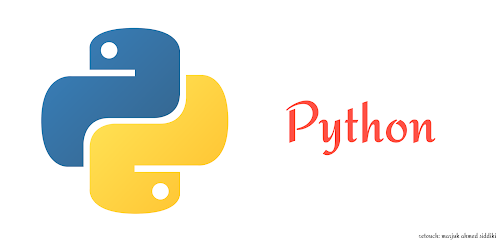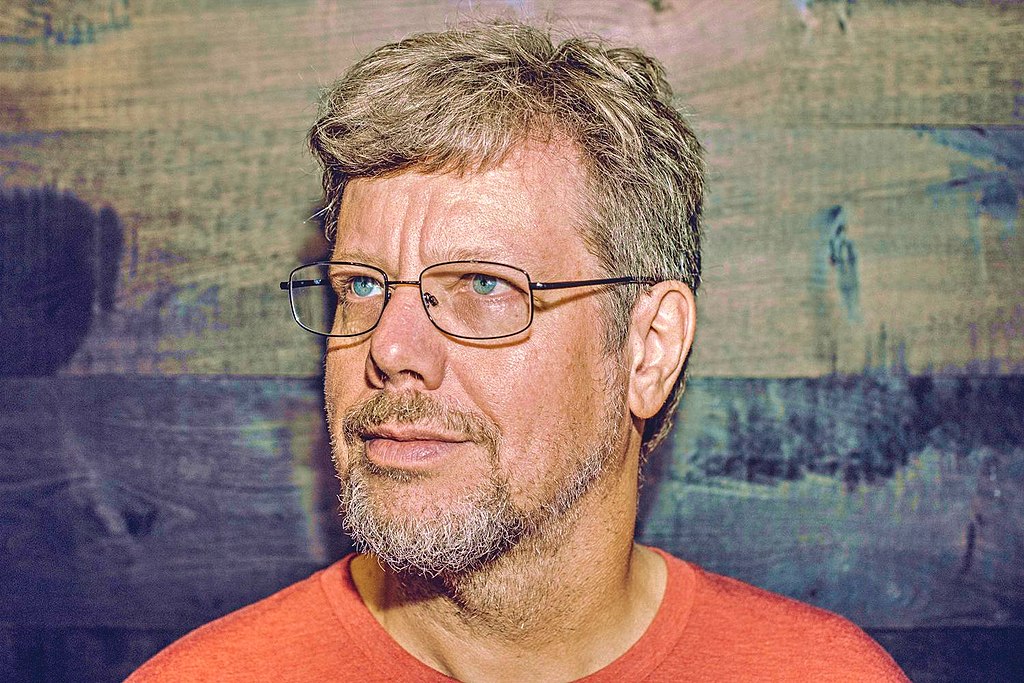We use a programming language to highlight modernity in software. When creating software, it is important to make sure that the software is easy for people to use. And based on this, many programming languages have been created over the ages. More than 500 programming languages have been created since 1539 (list of programming languages). Every language is built to make the software more advanced so that everyone can do their work more easily and adapt to modernity.
Python has dominated the programming world since the 1990s. The hearts of many developers have taken place from the very beginning. When it comes to creating software, the question arises in the minds of the developers in which programming language is the easiest and in the shortest possible time to make the software the most beautiful and the most secure. Based on all this, Guido van Rossum has created the Python programming language. He is currently leading the development of Python. He has been honored as the lifelong director of Python.
Python programming language wins everyone's heart like magic. This is how Python has conquered the whole world in the programming language. Python is everywhere, from mobiles, computers, the web, automation, robotics, big data. Just as it takes a lot of people to regime a country, that's right Python has taken its place among every developer with some of its libraries. E.g.
Web application:
- Django
- Flask
- Tornado
Graphical User Interfaces:
- PyOt
- Tkinter
- Kivy (desktop, android, etc)
Data science and Machine learning:
- scikit-learn
- Pandas
- Numpy
Python programming language has taken place in the world with more such libraries. Start learning Python programming language today to make a place in the world with Python.
Hopefully my journey of Python programming with you will be much bigger. But we will learn in a much easier and more understandable language.
--- Marjuk Ahmed Siddiki



Comments
Post a Comment